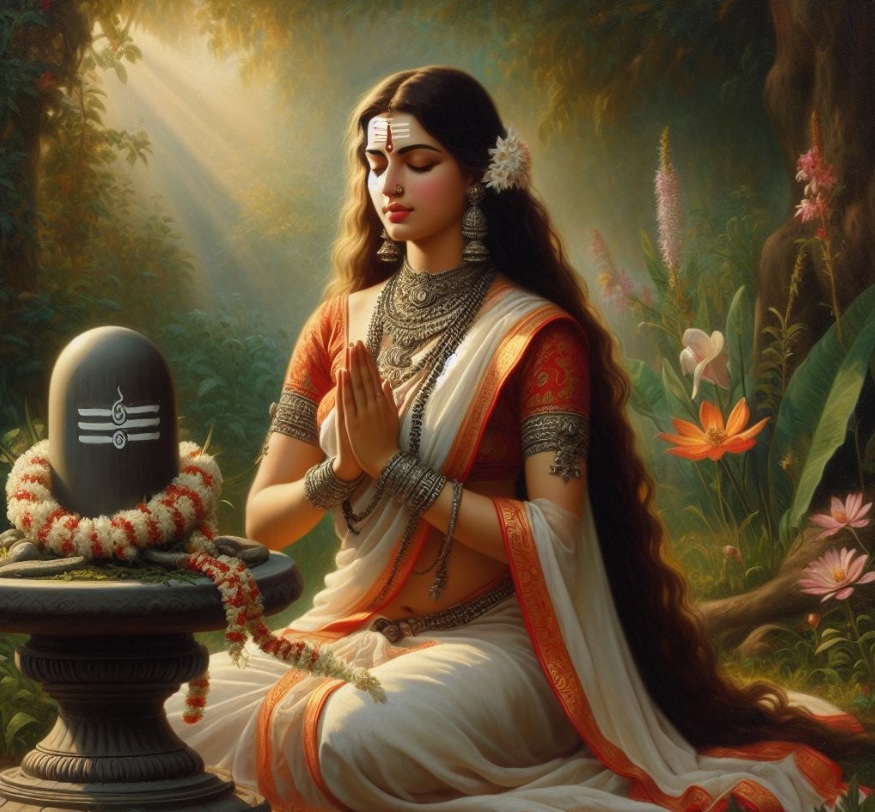Official Website : https://divinenewz.com/
TABLE OF CONTENT |
1. INTRODUCTION
Shravan Month or Mass is also known as
Sawan Month.
In the vast landscape of the Hindu lunar calendar, few months are as revered, auspicious, and spiritually intense as the
month of Sawan (also known as Shravan). Falling during the monsoon season, usually between
July and August, Sawan is deeply intertwined with
devotion to Lord Shiva, Vedic rituals, and profound spiritual growth.
Temples overflow with chanting, devotees undertake
fasts and pilgrimages, and the atmosphere is suffused with bhakti (devotion).
2. WHAT IS SHRAVAN MONTH?
Sawan or Shravan Maas is the
fifth month of the Hindu lunar calendar. It typically starts after
Ashadha Purnima and continues till
Shravan Purnima. In regions that follow the Purnimanta calendar (like North India), it is counted from full moon to full moon. In Amanta calendar regions
(like Maharashtra and Gujarat), it is counted from
new moon to new moon.
Sawan is primarily dedicated to
Lord Shiva, and each
Monday (Somwar) of this month is celebrated as
Shravan Somwar, a powerful and auspicious time for
fasting and worship.
- Timing and Duration :
- Begins: Around mid-July
- Ends: Around mid-August
- Duration: 29 to 31 days
- Comes during: The monsoon or rainy season in India
3. WHY IS IT CALLED SAWAN?
- Etymology and Meaning :
The name “Sawan” (or “Shravan”) is derived from the Nakshatra (constellation) “Shravana”, which is prominent during the full moon of this month. In Sanskrit:
- Shravana = “hearing” or “listening”
- The month is symbolic of listening to spiritual discourses, prayers, and sacred sounds, which purify the soul.
The Shravana Nakshatra is also associated with Lord Vishnu, but the month is predominantly connected with Lord Shiva, who is deeply worshipped during this time.
|
If You Need to Know More About Jyeshtha Month- then read our article – SAHRAVAN MONTH 2025 |
4. HISTORICAL AND SCRIPTURAL SIGNIFICANCE
- Connection with the Samudra Manthan :
One of the most significant mythological events associated with Sawan is the Samudra Manthan (churning of the cosmic ocean). According to Hindu scriptures:
- During the churning,
Halahala, a deadly poison, emerged from the ocean.
- To save the universe,
Lord Shiva drank the poison, which lodged in his throat, turning it blue—earning him the title
Neelkantha (the blue-throated one).
- To
ease the burning effect of the poison, the
Devas offered water from the Ganges to Shiva.
This act of offering water to Lord Shiva continues in the Shravan month, particularly through Abhishekam (ritual bathing).
- During the churning,
Halahala, a deadly poison, emerged from the ocean.
- Shiva Purana and Skanda Purana References :
According to Shiva Purana, worshipping Lord Shiva with bilva leaves, water, and milk during this month can destroy all sins and grant moksha (liberation).
Skanda Purana also emphasizes the importance of Shravan as the time when devotees’ prayers reach the divine more powerfully than in other months.
5. WHY IS SAWAN SPECIAL IN HINDUISM?
- Devotion to Lord Shiva :
Sawan is considered the holiest month to offer prayers to Mahadev (Lord Shiva). Devotees undertake:
-
Shravan Somwar Vrat (Monday fasting)
-
Kanwar Yatra (pilgrimage to collect Ganga water)
- Daily
Rudrabhishek
-
Chanting of Shiva mantras like
Om Namah Shivaya
-
Shravan Somwar Vrat (Monday fasting)
- Spiritual Cleansing and Karma Purification:
The monsoon season is seen as a time when the body and mind are more receptive to spiritual transformation.
- Fasting helps
cleanse the digestive system.
- Chanting mantras purifies
mental karma.
- Charity, meditation, and ritual bathing are emphasized
- Fasting helps
cleanse the digestive system.
- Importance of Shravan Mondays (Somwars):
-
Observe fasts
- Visit
Shiva temples
- Perform
Abhishekam with milk, water, honey, curd, and ghee
- Offer
bael leaves, dhatura, flowers, and bhasma
It is believed that unmarried girls who fast on Mondays in Shravan are blessed with an ideal husband, just like Parvati was granted Lord Shiva. -
Observe fasts



